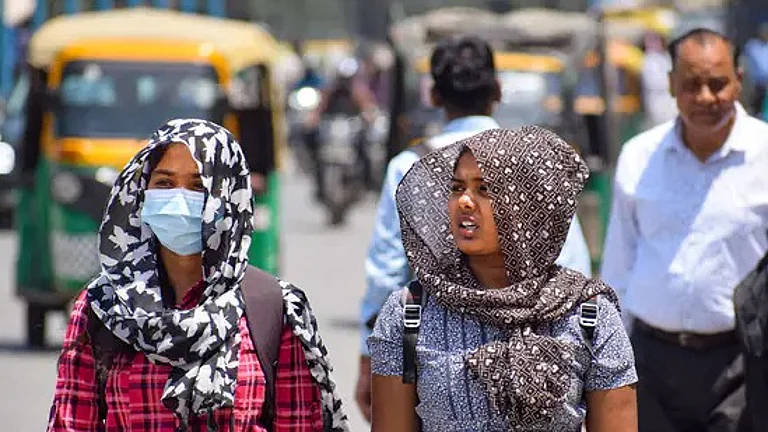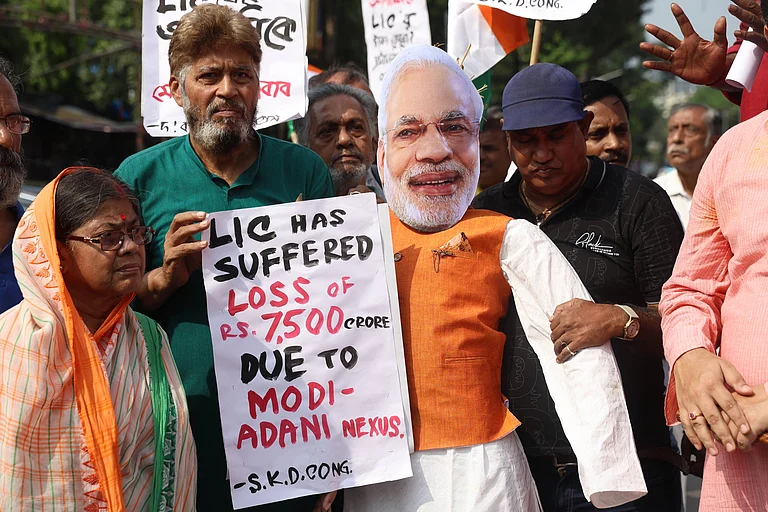As the severe water crisis continues to exacerbate in the southern region of the country, the Central Water Commission (CWC), in its latest comprehensive report, suggested that the water storage levels in the southern region, including Andhra Pradesh, Telangana, Karnataka, Kerala, and Tamil Nadu, are at just 17 percent of capacity. The current numbers indicate a significantly below historical average.
What are the possible threats?
Such depletion in water storage levels comes with a long list of threats associated with worsening water scarcity which eventually can pose as potential challenges for the following in the concerned states.
irrigation
drinking water supply
hydroelectric power generation
CWC bulletin: Key points
According to the bulletin, the 42 reservoirs monitored by the CWC in southern India have a total live storage capacity of 53.334 billion cubic meters (BCM).
The combined live storage in these reservoirs amounts to 8.865 BCM, which is merely 17 per cent of their total capacity. This indicates a decline compared to the storage levels at the same time last year (29 per cent) and the ten-year average for the corresponding period (23 per cent).
In the western region, encompassing Gujarat and Maharashtra, the storage levels of 11.771 BCM account for 31.7 per cent of the total capacity of 49 monitored reservoirs. They are notably lower compared to the storage levels of the previous year (38 per cent) and the ten-year average (32.1 per cent).
The water scenario in northern and central regions also exhibit decreases in water storage levels in comparison to historical averages.
Better scenario in eastern zone only
A comparatively better scenario in the matter of water storage levels is only visible in the eastern region including states like Assam, Odisha, and West Bengal.
As peer the CWC bulletin, in this area, 23 monitored reservoirs with a total live storage capacity of 20.430 BCM currently contain 7.889 BCM of water, representing 39 per cent of their total capacity. This indicates an enhancement in the storage levels from the same period last year (34 per cent) and the ten-year average (34 per cent). However, the situation is less encouraging in other regions.
Reservoir storage at river basins
In its bulletin, CWC has categorised the data on water storage across different river basins as "above normal", "near normal", “below normal” or "critically low".
River basins such as Brahmaputra, Narmada, and Tapi are labelled with better-than-normal storage levels. While basins like Cauvery and east-flowing rivers between Mahanadi and Pennar are categorised as highly deficient.





























